The 3 Kinds of Scope
As we discussed in the last post, resolutionism is most fundamental part of good debate theory. But it is not the only foundational idea.
An instance is the smallest possible example of the resolution that can be evaluated as true or false.
| Resolved: | Instance: |
|---|---|
| America should invade a country. | America should invade Canada. |
| Candy tastes good. | This M&M tastes good. |
| Ace Peak Coaches live in America. | Coach Sam lives in America. |
| You should go to sleep. | You should go to sleep in your bed in 30 minutes. |
What happens if both sides present one winning instance?
Fact: Unicorns are mean.
Aff: Dandelion is mean.
Neg: True, but Tigerlily is delightful.
What happens now? Who wins? We need a tool to decide.
Scope is the degree to which the resolution must be true for the affirmative to win.
Scope asks: out of all the instances of the resolution, how many of the instances need to be true for the affirmative to win? The answer depends on the resolution, and there is often room to debate on which scope is correct. The three possible scopes are:
Absolute
General
Specific
There are no hard-and-fast rules, but value and fact resolutions are usually general, while policy resolutions are almost always specific.
In our Unicorn resolution, one mean unicorn doesn’t prove the whole resolution. But one kind unicorn doesn’t disprove it, either. It’s making a general statement about unicorns. The judge can only affirm it if the resolution is more true than false. So if all we have to go on is Dandelion and Tigerlily, the resolution appears to be 50% true - 1% short of an affirmative win.
This used to be called Burden Scope, but debate overuses the word Burden. We streamlined it to mitigate confusion.
Scope isn’t always obvious. In the next post, we’ll talk about how to map out tricky resolutions.
